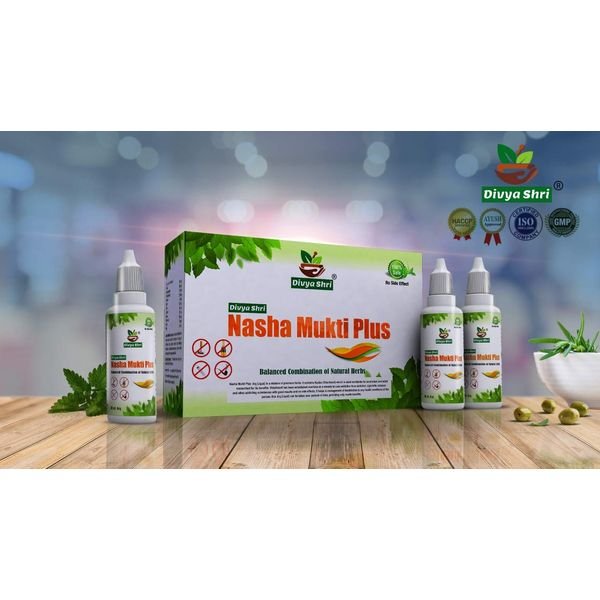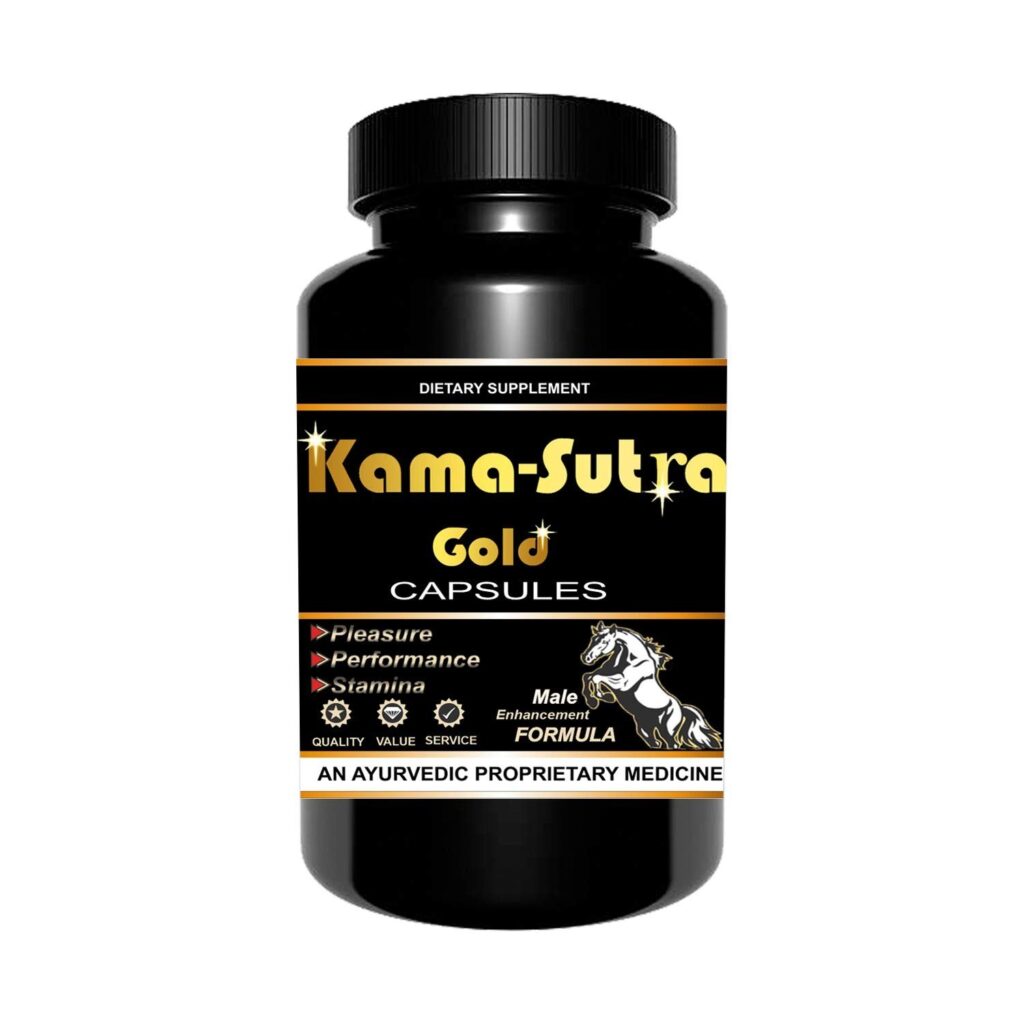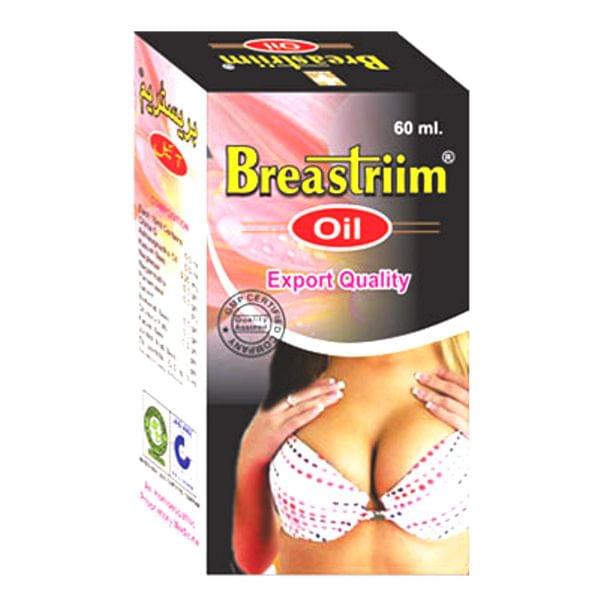Glucosamine tablets have become a popular dietary supplement among those seeking relief from arthritis pain and looking to improve their joint health. With a natural presence in the body and a role in the development and maintenance of cartilage, glucosamine’s potential benefits have been the subject of numerous studies. This article delves into the science behind glucosamine, its effectiveness in alleviating arthritis symptoms, and how to optimize joint health through its supplementation. Furthermore, we navigate the market to help you choose the right glucosamine tablets for your needs.
Key Takeaways
- Glucosamine is a natural compound found in the body that plays a crucial role in building and maintaining joint cartilage, and is available as a dietary supplement in various forms.
- Scientific research, including clinical trials, provides mixed evidence on glucosamine’s effectiveness, with some studies suggesting it may reduce arthritis pain and improve joint function.
- Many arthritis sufferers report symptomatic relief from glucosamine supplementation, although experiences vary and are supported to differing extents by scientific data.
- For optimal joint health benefits, glucosamine should be taken in recommended dosages, potentially in combination with other supplements, and accompanied by appropriate lifestyle changes.
- When selecting glucosamine tablets, consumers should consider factors such as the type of glucosamine (sulfate or hydrochloride), brand reputation, and consumer reviews to make an informed choice.
Understanding Glucosamine and Its Role in Joint Health
What is Glucosamine?
Glucosamine is a natural compound found in the body, primarily in the fluid that surrounds the joints. It plays a crucial role in building cartilage, the tough connective tissue that cushions the joints. As we age, the levels of glucosamine in the body decrease, which can lead to the gradual breakdown of the joint tissue.
Glucosamine supplements are designed to help replenish these levels, potentially aiding in the maintenance and repair of joint cartilage. These supplements are often derived from shellfish shells or produced synthetically in laboratories.
Glucosamine is not only beneficial for those with joint issues but also for individuals looking to maintain joint health as a preventive measure.
The popularity of glucosamine supplements has grown due to their association with joint health and arthritis relief. Here’s a quick overview of the forms available:
- Glucosamine sulfate
- Glucosamine hydrochloride
- N-acetyl glucosamine
The Biological Function of Glucosamine in the Body
Glucosamine is a natural compound found in healthy cartilage, particularly in the fluid around the joints. For the body to repair and form cartilage, glucosamine is a fundamental building block. It plays a crucial role in maintaining joint health and integrity by aiding in the production of glycosaminoglycans and proteoglycans, two essential components of joint cartilage.
Glucosamine is also involved in the synthesis of synovial fluid, which lubricates the joints and provides the necessary cushioning effect. This is particularly important as it helps to reduce friction and wear in the joints, which can lead to pain and stiffness.
- Synthesis of cartilage
- Production of synovial fluid
- Cushioning and lubricating joints
By supporting the maintenance and repair of cartilage, glucosamine supplementation may contribute to improved joint function and mobility. This is especially relevant for individuals experiencing joint pain and stiffness, as it can help alleviate these symptoms.
When considering supplements like Nutricharge Veg Omega, which promotes joint health with anti-inflammatory omega fatty acids, it’s important to recognize the complementary role these nutrients can play alongside glucosamine in supporting joint function.
Types of Glucosamine Supplements
When considering glucosamine supplementation, it’s important to understand the different types available on the market. The most common forms are Glucosamine Hydrochloride (HCl), Glucosamine Sulphate (2KCl), and N-Acetyl-D-Glucosamine. Each type has its own characteristics and potential benefits.
- Glucosamine Hydrochloride is known for its high concentration of glucosamine and is believed to be more readily absorbed by the body.
- Glucosamine Sulphate is often combined with potassium chloride (2KCl) and is the most studied form in clinical trials.
- N-Acetyl-D-Glucosamine is a derivative of glucosamine and is used in more specific applications, such as supporting the gastrointestinal lining.
While all forms of glucosamine aim to support joint health, individual responses can vary, and it’s advisable to consult with a healthcare provider to determine the best option for your needs.
Scientific Evidence on Glucosamine’s Effectiveness
Clinical Trials and Their Outcomes
Numerous clinical trials have been conducted to assess the efficacy of glucosamine in treating arthritis. A meta-analysis of these studies indicates a trend towards pain reduction and improved joint function in patients with osteoarthritis. However, results vary, with some trials reporting significant benefits and others showing minimal effects.
The variability in outcomes suggests that individual responses to glucosamine may differ, potentially due to genetic factors, the severity of arthritis, or the form of glucosamine used. It’s important to consider these factors when evaluating the results of clinical trials.
- A study on glucosamine sulfate showed a reduction in pain scores over a period of 6 months.
- Another trial using glucosamine hydrochloride found no significant difference from placebo.
- Long-term studies indicate a potential for joint space preservation, hinting at a slowing of the disease’s progression.
While the evidence is promising, further research is needed to fully understand the role of glucosamine in arthritis treatment and to optimize its use for individual patients.
Comparing Glucosamine with Other Arthritis Treatments
When considering the treatment of arthritis, glucosamine is often compared to other common interventions. Nonsteroidal anti-inflammatory drugs (NSAIDs), for instance, are widely used for immediate pain relief but may not be suitable for long-term management due to potential side effects.
Glucosamine, on the other hand, is associated with fewer adverse effects and is considered a more sustainable option for chronic arthritis management. However, its onset of action is typically slower than that of NSAIDs.
The choice of treatment should be tailored to the individual’s specific needs and medical history, with a focus on balancing efficacy and safety.
Here is a comparison of glucosamine with other treatments:
- NSAIDs: Quick pain relief, risk of gastrointestinal issues.
- Corticosteroids: Potent anti-inflammatory effects, potential for long-term side effects.
- Physical Therapy: Improves function, requires ongoing commitment.
- Hyaluronic Acid Injections: Directly targets joints, can be costly and require medical procedures.
Each treatment option has its own profile of benefits and limitations, and often, a combination of therapies is employed to achieve the best outcomes for arthritis patients.
Long-Term Effects and Safety Profile
When considering the long-term use of glucosamine tablets, it’s essential to evaluate both their efficacy and safety. Long-term studies suggest that glucosamine is generally safe when used as directed. Most users report few side effects, and those that do occur are typically mild and transient.
Glucosamine has been associated with a reduction in joint pain and improvement in joint function over extended periods. However, it’s important to note that individual responses can vary, and ongoing monitoring by a healthcare provider is recommended.
- Reduction in joint pain
- Improvement in joint function
- Minimal side effects
While glucosamine is not a cure for arthritis, it may help to slow the progression of joint damage, particularly in osteoarthritis.
Further research is needed to fully understand the long-term impact of glucosamine on joint health, including any potential effects on joint space narrowing.
The Connection Between Glucosamine and Arthritis Relief
How Glucosamine Can Alleviate Arthritis Symptoms
Glucosamine, a natural compound found in healthy cartilage, has been studied for its potential to ease the symptoms of arthritis. Research suggests that glucosamine sulfate may significantly reduce joint pain and stiffness, which are common complaints among those suffering from osteoarthritis. This relief is thought to stem from glucosamine’s ability to help rebuild cartilage and restore joint function over time.
Glucosamine supplements are often recommended as a long-term treatment strategy for managing arthritis symptoms. Patients typically observe improvements in joint mobility and a decrease in pain with consistent use. The standard effective dosage identified in research is 1,500 mg daily.
Consistent supplementation with glucosamine can lead to gradual and sustained improvement in joint health and arthritis symptoms.
While individual responses to glucosamine can vary, the following list outlines the general benefits reported by many users:
- Reduction in joint pain
- Increased joint mobility
- Decrease in joint stiffness
- Potential to slow down the progression of joint damage
The Impact of Glucosamine on Joint Mobility and Pain
The supplementation of glucosamine has been closely associated with improvements in joint mobility and a reduction in pain for many individuals suffering from arthritis. Studies have shown that consistent use of glucosamine can lead to significant pain relief and enhanced joint function.
While the exact mechanism is not fully understood, glucosamine is believed to contribute to the maintenance and repair of cartilage, the rubbery tissue that cushions joints.
Patients typically report improvements in activities that were previously hindered by joint pain, such as walking, climbing stairs, and other daily movements. The extent of relief varies among individuals, but the overall trend suggests a positive impact on quality of life.
- Improved joint flexibility
- Reduction in joint stiffness
- Enhanced ability to perform daily tasks
- Potential decrease in the need for pain medication
It is important to note that while many experience benefits from glucosamine, it is not a universal remedy and may work best in conjunction with other treatments.
Patient Testimonials and Personal Experiences
The personal accounts of individuals who have incorporated glucosamine tablets into their daily regimen offer valuable insights into the supplement’s potential benefits. Many users report significant reductions in joint pain and improved mobility, suggesting a positive correlation between glucosamine use and arthritis relief.
Customer reviews often highlight personal success stories, such as the experience shared on a popular online marketplace: "I’ve used this product for a couple years. I work out 5x week and it works WONDERS…No stiffness or soreness! Definitely a Must for your Joints & Muscles!"
While scientific research provides a foundation for understanding glucosamine’s effects, these anecdotal reports can be a powerful testament to its impact on everyday life.
It’s important to note that experiences with glucosamine can vary widely, and what works for one person may not work for another. However, the collective voice of satisfied users cannot be ignored when considering the potential of glucosamine for joint health.
Optimizing Joint Health with Glucosamine Supplementation
Recommended Dosages and Best Practices
When considering the addition of glucosamine to your supplement regimen, it’s crucial to adhere to recommended dosages to maximize joint health benefits while minimizing potential side effects. The standard dosage for glucosamine sulfate salts is typically 1500 mg per day. This dosage is often taken as a single daily dose, which can help maintain consistent levels of glucosamine in your body.
Glucosamine supplements are best taken with meals to enhance absorption and reduce the risk of gastrointestinal discomfort. It’s also important to maintain a consistent supplementation schedule to achieve the best results.
While individual needs may vary, sticking to the recommended dosage is a key factor in ensuring the effectiveness of glucosamine supplements.
Below is a simple guideline to help you remember the best practices for glucosamine supplementation:
- Take the supplement with meals to improve absorption.
- Follow the standard dosage unless advised otherwise by a healthcare provider.
- Be consistent with your supplementation routine.
- Monitor your response to the supplement and adjust as necessary with medical guidance.
Synergistic Effects with Other Supplements
While glucosamine is beneficial on its own, its joint health effects can be enhanced when taken in combination with other supplements. Chondroitin sulfate, often found alongside glucosamine in supplements, works to retain water in the cartilage, improving elasticity and potentially slowing the breakdown of joint tissue.
Another key player is methylsulfonylmethane (MSM), which is believed to support healthy connective tissues and reduce inflammation. For those seeking natural options, the Hadjod Tablet, which is highlighted for its bone health and joint pain relief properties, can be a complementary addition to a glucosamine regimen.
The synergistic relationship between glucosamine and other supplements can lead to more comprehensive support for joint health and arthritis management.
It’s important to consider the right combination of supplements for your specific needs. Here’s a simple list of supplements that work well with glucosamine:
- Omega-3 fatty acids (for reducing inflammation)
- Vitamin D (for bone health and immune function)
- Curcumin (for its anti-inflammatory properties)
Lifestyle Changes to Enhance Glucosamine Benefits
While glucosamine tablets can play a pivotal role in managing joint health, their benefits can be significantly enhanced with certain lifestyle changes. Incorporating regular exercise tailored to your physical capabilities can improve joint flexibility and strength, which may amplify the effects of glucosamine.
Healthy eating habits are also crucial. A diet rich in anti-inflammatory foods can support joint health and work in tandem with glucosamine to reduce pain and stiffness. Consider the following dietary adjustments:
- Increase omega-3 fatty acids intake (e.g., from fish or flaxseeds)
- Add more fruits and vegetables to your diet
- Reduce sugar and processed foods consumption
It’s essential to maintain a balanced approach to joint care. Glucosamine supplementation, coupled with the right lifestyle choices, can lead to better outcomes for individuals with arthritis.
Always remember to consult a healthcare professional before making any significant changes to your supplement regimen or lifestyle, especially if you have pre-existing health conditions. Following the recommended dosages and safely storing your supplements can prevent unwanted side effects and ensure optimal benefits.
Navigating the Market: Choosing the Right Glucosamine Tablets
Factors to Consider When Buying Glucosamine
When venturing into the market for glucosamine supplements, it’s crucial to be well-informed. Quality and purity are paramount, as these factors can significantly influence the supplement’s effectiveness. Look for products that have been third-party tested for contaminants and potency.
Price and brand reputation should also guide your decision. While cost-effectiveness is important, it’s essential not to compromise on quality. A higher price can sometimes reflect a superior product. Consider the following points:
- The concentration of active glucosamine
- The presence of additional ingredients that may enhance or detract from the desired effect
- The form of glucosamine: sulfate or hydrochloride
- The manufacturing process and company transparency
It’s advisable to choose supplements that provide clear labeling and dosage instructions to ensure proper usage and to maximize potential benefits.
Lastly, consumer reviews and recommendations can offer valuable insights. For instance, a Good Housekeeping article titled "The 9 Best Joint Supplements to Fight Pain" highlights the best vitamins and supplements for bones and joints, including the best glucosamine joint supplement.
The Debate Over Glucosamine Sulfate vs. Glucosamine Hydrochloride
When choosing a glucosamine supplement, a common dilemma faced by consumers is deciding between glucosamine sulfate and glucosamine hydrochloride. Both forms have their advocates and are backed by various studies, but they differ in certain aspects that may influence their effectiveness.
The choice between these two forms of glucosamine is crucial as it can affect the absorption and bioavailability of the supplement.
Here’s a simplified comparison based on literature:
- Glucosamine Sulfate: Often preferred for its higher bioavailability and longer track record in scientific research.
- Glucosamine Hydrochloride: Touted for its purity and higher concentration of glucosamine per unit.
While both forms aim to provide joint support, the sulfate variant is typically associated with better outcomes in reducing arthritis symptoms. However, individual responses can vary, and some may find glucosamine hydrochloride to be more effective for their needs.
Trusted Brands and Consumer Reviews
When venturing into the world of glucosamine supplements, the sheer number of brands can be overwhelming. Consumer reviews and brand reputation play a crucial role in guiding potential buyers to make informed decisions. One brand that consistently receives positive feedback is Himalayan Organics.
Their Glucosamine Chondroitin MSM with Boswellia supplement is particularly noted for its comprehensive approach to joint health. Here’s a quick glance at what consumers are saying:
- Appreciation for the inclusion of MSM and Boswellia for added benefits
- Reports of improved joint mobility and reduced discomfort
- Positive remarks on the product’s value for money
It’s essential to choose a supplement that not only fits your budget but also has a proven track record of efficacy and customer satisfaction.
Always remember to consult with a healthcare professional before starting any new supplement regimen, especially if you have pre-existing health conditions.
When it comes to joint health, choosing the right glucosamine tablets can make all the difference. With a vast array of options available, it’s essential to select a product that is both effective and suited to your individual needs. At Swasthyashopee, we offer a curated selection of high-quality glucosamine tablets designed to support your joint health and enhance your overall well-being. Don’t let joint discomfort hold you back—visit our website today to find the perfect glucosamine supplement for you and take the first step towards a more active and pain-free life. Your joints will thank you!
Conclusion
In summary, glucosamine tablets have emerged as a popular supplement for those seeking relief from arthritis pain and improved joint health. While studies have shown mixed results, many individuals report significant benefits from incorporating glucosamine into their daily regimen. It’s important to consult with a healthcare provider before starting any new supplement, especially for those with shellfish allergies or taking other medications. As research continues to evolve, glucosamine remains a beacon of hope for many looking to maintain an active lifestyle free from the constraints of joint pain.
Frequently Asked Questions
What exactly is glucosamine and how does it support joint health?
Glucosamine is a natural compound found in cartilage, the tough tissue that cushions joints. It’s an essential building block for the proteins and lipids that form the structures of joints. As a supplement, glucosamine is believed to help maintain joint health by contributing to the repair of damaged cartilage, reducing inflammation, and improving joint function.
Can glucosamine supplements truly relieve arthritis pain?
Many studies suggest that glucosamine supplements can provide relief from arthritis pain for some individuals. It is thought to be particularly effective in managing symptoms of osteoarthritis, the most common form of arthritis, by slowing the deterioration of cartilage and reducing joint pain and stiffness.
Are there different types of glucosamine supplements available?
Yes, the two main types of glucosamine supplements are glucosamine sulfate and glucosamine hydrochloride. Both are used to treat symptoms of joint disorders, but glucosamine sulfate is the one most commonly studied in clinical trials and is often recommended for its efficacy.
How long does it take for glucosamine supplements to work?
The time it takes for glucosamine supplements to show results can vary from person to person. Some may notice improvements in symptoms within a few weeks, while others might need to take them for a couple of months before experiencing significant benefits.
What is the recommended dosage of glucosamine for arthritis treatment?
The commonly recommended dosage of glucosamine is 1500 mg per day for adults, which can be taken once daily or in divided doses. However, it’s important to consult with a healthcare provider before starting any new supplement regimen.
Are there any side effects associated with taking glucosamine?
Glucosamine is generally well-tolerated, but some individuals may experience mild side effects such as stomach upset, constipation, diarrhea, or headaches. If you have shellfish allergies, be cautious as some glucosamine supplements are derived from shellfish.










